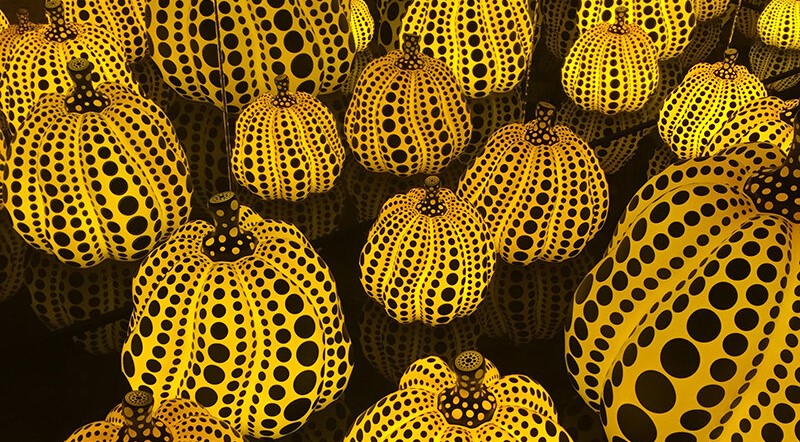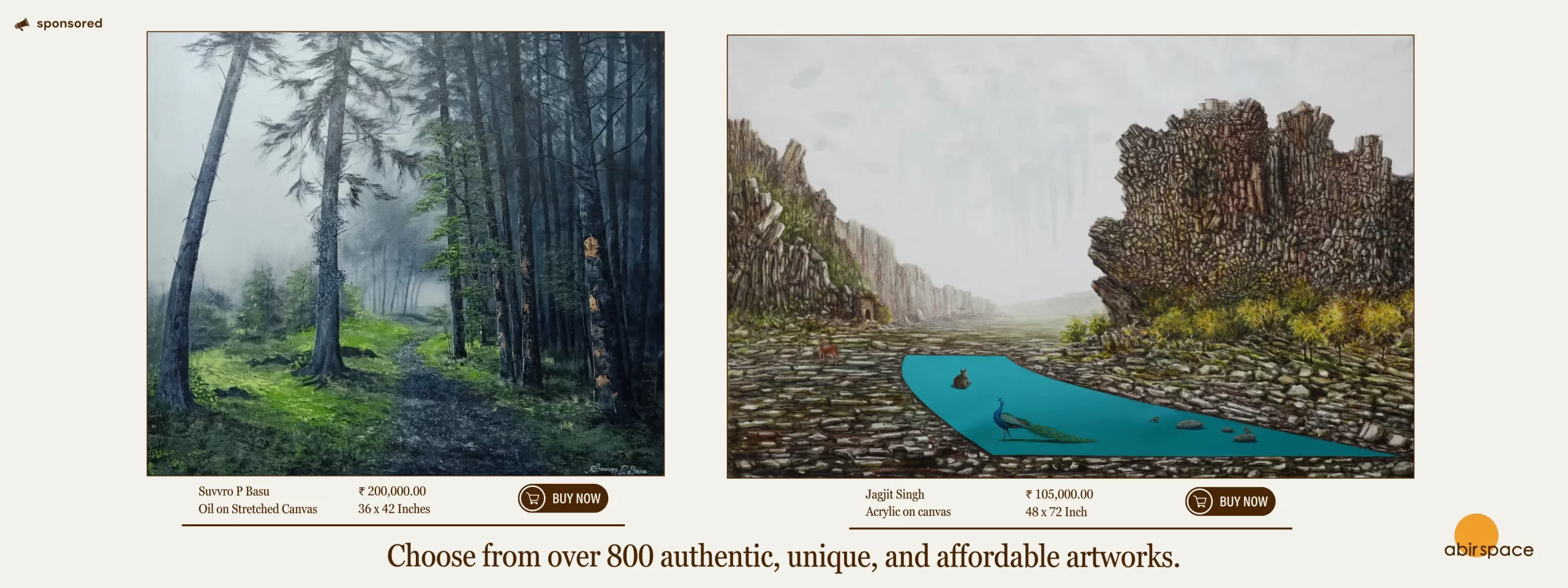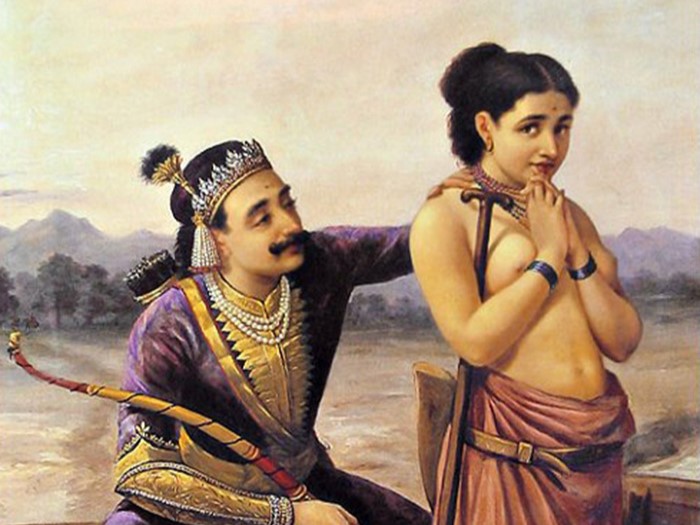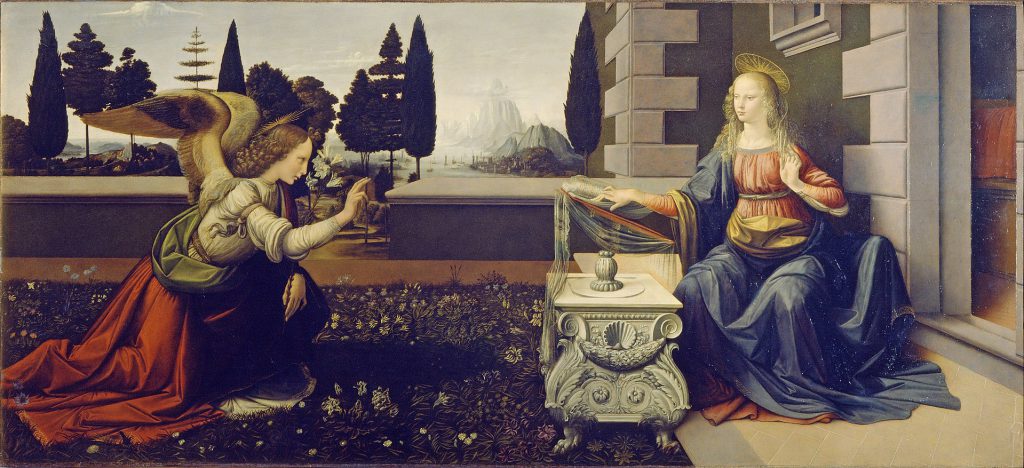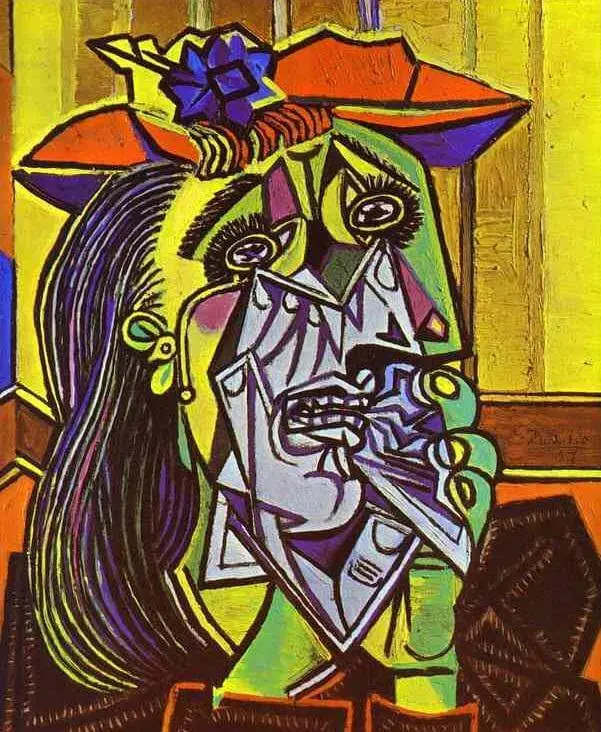The air gets chilly with the arrival of autumn foliage, and with it comes the excitement of Halloween and harvest celebrations. Pumpkin decoration is one of the many beloved customs of this season that is both classic and imaginative. While carving pumpkins is a time-honoured tradition, painting pumpkins is a flexible and mess-free option appealing to all age groups. Painted pumpkins may give your seasonal décor a unique touch, whether for eerie, whimsical, or exquisite designs.
Easy Pumpkin Painting Ideas
For several reasons, pumpkin painting has become a well-liked substitute for traditional pumpkin carving. Everyone can participate in this artistic endeavour, regardless of age or ability, making it a welcoming and family-friendly custom. Pumpkin painting is a safer alternative for small children than pumpkin carving, which calls for sharp instruments and can get messy. Parents and other carers may enjoy the activity without worrying about severe accidents or many cleanups.
Painting pumpkins inspires endless inventiveness. People can show their creative side and make pumpkins that match their style or the topic of their Halloween or fall décor by using a variety of colours, patterns and themes. Because they stay intact, painted pumpkins usually endure longer than carved ones. Because of this, they can be used as inside and outdoor fall decorations. Furthermore, because painting is so versatile, pumpkins can be painted to match every event, from Thanksgiving to Halloween.
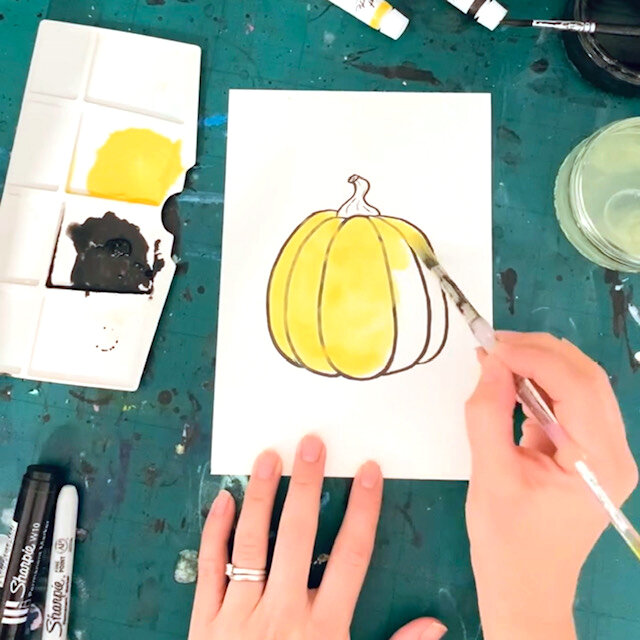
Simple pumpkin painting ideas encourage teamwork and a sense of community. Painting pumpkins is a social pastime that fosters camaraderie and cooperation between families, friends, and neighbours. Children can benefit educationally by painting pumpkins. It helps kids develop their fine motor abilities, introduces them to colour theory, and sparks creativity. It also provides an opportunity to learn about Halloween and pumpkins’ origins and cultural significance.
Process of Pumpkin Painting
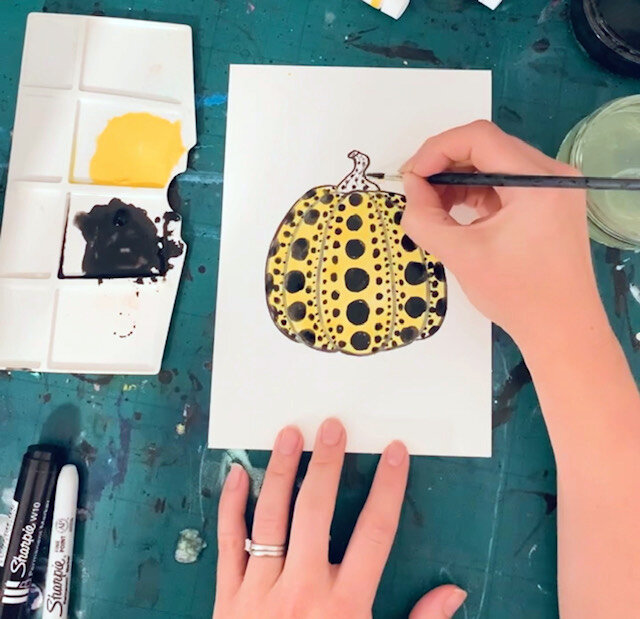
Draw a basic outline of a pumpkin on your paper with a pencil. Draw some depressed ribs and ridges on your pumpkin. Five pumpkin ribs total—two smaller ones on either side and one in the centre—and a little piece of the stem at the top of the pumpkin are included in this artwork. If you need assistance with the shape, please utilise our pumpkin template (above). Once satisfied with the pumpkin sketch, use the rubber to correct any errors. Using a waterproof marker pen or ink, outline the sketch to produce a stylised black ink drawing of a pumpkin. Before proceeding to the following step, make sure it is dry. Fill in all of the pumpkin’s rib parts with the yellow paint. Don’t paint the pumpkin’s stem. Allow the painting to dry completely. To make the spots on the pumpkin, use black paint. Beginning with the pumpkin’s central rib part, make a vertical row of dots in the centre of the section using black paint. Try to cover around one-third of the pumpkin’s rib with this row of dots.
Pumpkin Painting Ideas for Kids
For kids, painting pumpkins is an imaginative and enjoyable way to embrace Halloween without the mess and risks associated with carving. Allow children to decorate their pumpkins with happy expressions. They can add gooey eyes, vibrant skin colours, and markers to draw goofy or giant smiles. Youngsters can paint pumpkins to resemble their favourite animals. To construct a tiger, for instance, paint an orange pumpkin with black stripes or a cow white with black patches. Tails, noses, and ears can be cut out and attached using construction paper.

